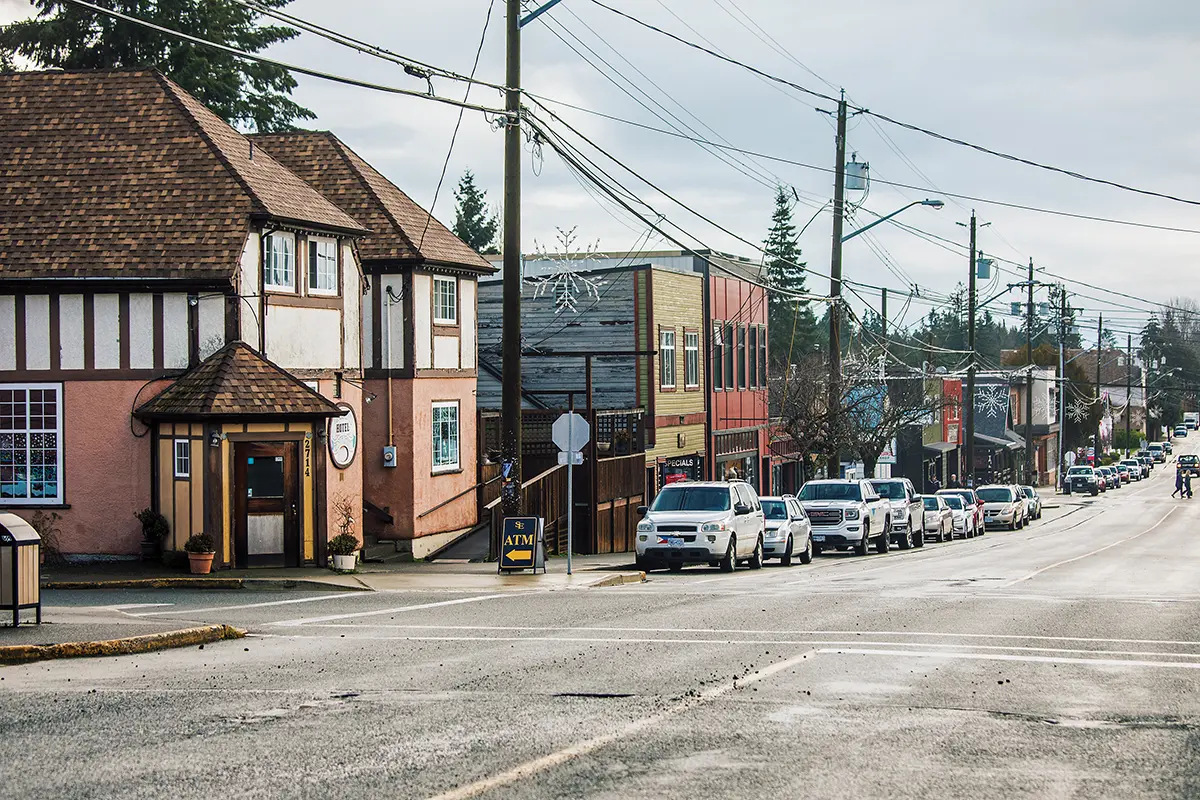Clothes are just awesome: they keep us warm, they protect us and they are a way of showing the world our individuality. But as fun as it is to develop a certain style, it is also important to shop first and foremost with our heads, not with our credit cards. Otherwise, we’ll end up with huge bills and bags full of clothes produced under awful conditions. And who wants that? So instead, let’s make the most of our already full closets.
First of all, never throw away clothes that are still wearable; donate them. Many organizations and thrift stores will be glad to accept your donation.
Another (fun) way to get rid of your (still good-as-new) clothes is to throw a swap party: tell your friends to bring all their sorted-out clothes and then exchange your items while having some snacks and drinks. It’s a great way to get new clothes basically for free. Swapping is not limited to clothes; you can exchange nearly everything, such as accessories, bags, shoes, books, CDs, DVDs — whatever works and is lying around in your apartment, waiting for a new owner who appreciates it more. Swap parties are sometimes organized on a larger scale, with shops or gymnasiums being transformed into swap sites — keep an eye out for them.
If you still have some clothes left over from a swap, you can either donate them or become a designer. Even people who are not proud owners of sewing machines or folks who aren’t the next Tom Ford can find DIY clothing alteration ideas on the Internet. A lot of these instructions are pretty easy and can be done quickly. For example, if you cut off the sleeves and the neckline of an old t-shirt, you can easily turn it into a tank top. Or, if you sew the bottom of an old shirt and cut off the sleeves, you can transform it into a unique tote bag. With a few simple cuts, you can also make cloths to use for gift wrapping or cleaning purposes.
If you still feel the urge to go shopping once in a while, try flea markets or second-hand and thrift shops first. This will often save you money and help the environment, and you may also find rare items. If you don’t find what you are looking for or feel uncomfortable buying second-hand, check out shops that focus on fair trade, recycled material, organic fabric and local production. These might be a bit pricier, but at least you know more about what you buy — and they have sales, too.








